MINING and CORNWALL INTEREST. 'Spassky Photo Album.' 18 photos of the smelter and works at the Spassky Copper Mine, Kazakhstan between 1910 and 1918. These appear to have survived the Russian revolution, the 1919 civil war and the 'Cornish' owner's remarkable and harrowing escape from the Red Army and Siberia. Mounted in a Kodak album. The photos are presumably printed in Russia, some bearing the text '???????? ???????? – POCZTÓWKA – CARTE POSTALE' on the reverse. The album has descriptions written in ink. The reverse of some of the photos have notes in pencil. In very faint pencil on the inside cover is the name thought to be H.C. Robson. His story is taken from the book 'In the Kirghiz Steppes', J.W. Wardell, 1961: an account of the author's time at Spassky between 1914 and 1919. This, with the faint name, tends to support the album belonged to Robson. Spassky Copper Mine Ltd, was a British company mining copper on the Kirgiz steppes of southern Siberia (today: the Karaganda region of Kazakhstan). Harold C. Robson 'from Cornwall', he is known to have been at Spassky before 1914 employed as a smelter assistant. In 1916 he married Miss Florence May Townley who arrived in Spassky in September 1915 as the companion of the wife of the general manager (J.R. Horsley from England). In 1917 they had a son Michael. Robson was promoted to smelter superintendent (ie: manager) by 1918. Before the First World War the growth of heavy industries in Russia drew much British capital and personnel to the country. From 1914 the smelter and ore dressing plant at Spassky was modernised, designed by consulting metallurgical engineers Walter G. Perkins of London. Following the Revolution, the Spassky Copper Mines were nationalised on 27 March 1918. In increasingly fraught times the British staff of 10 staff, 5 women and 7 children prepared to leave Spassky. To raise finance for their journeys, and the travel light, they sold their surplus effects. They planned to travel to Petropavlovsk by horse and cart (510 miles, 5 days); and then west by train to Moscow; thence to Archangel and then by ship back to England. Robson sent his wife and child ahead of him, they arrived in Petropavlovsk on 28 May, he was to follow shortly. The town was controlled by the ill-disciplined Red Guard, the train station was controlled by the Czechs. On the 30 May, amongst much violence the town fell to the advancing Cossacks and White Guard. Robson arrived on the 4 June. Amongst many other refugees, there were not some 20 British isolated in squalid, infested conditions in Petropavlovsk. They were cut-off for 15 weeks. The children contracted whooping cough, scarlet fever and dysentery. Sadly their son, 1 year old Michael Robson, died of whooping cough. Early in July the Cossacks reached, and retook control of Spassky. The British staff were encouraged to return to continue producing copper. Before the end of the month the untrammelled staff had returned. Robson and wife returned in late August 1918. The operations were found to have been badly neglected, damaged and the mine flooded. With difficulty the operations were brought back into production. Apart from work, there was little the staff and families could do: they had sold most of their chattels before evacuating to Petropavlovsk. Basic supplies were difficult to come by. By mid 1919 the Red Army was increasing its control, the escape route to the west was now cut-off. On 21 July 1919 the British Consul advised the British to evacuate Spassky. The plan was to head east, and to avoid Red sympathisers they avoided villages and towns, then to escape by sea through Vladivostok or Shanghai. Robson and his wife planned to leave on 8 August, but illness prevented this. The party that left two days earlier arrived in Vladivostok on 2 September after travelling by cart and train, a distance of over 4,000 miles. The Robsons caught up with them and decided to try and get passage to Canada. The other party left for Shanghai on 2
MINING and CORNWALL INTEREST. 'Spassky Photo Album.' 18 photos of the smelter and works at the Spassky Copper Mine, Kazakhstan between 1910 and 1918. These appear to have survived the Russian revolution, the 1919 civil war and the 'Cornish' owner's remarkable and harrowing escape from the Red Army and Siberia. Mounted in a Kodak album. The photos are presumably printed in Russia, some bearing the text '???????? ???????? – POCZTÓWKA – CARTE POSTALE' on the reverse. The album has descriptions written in ink. The reverse of some of the photos have notes in pencil. In very faint pencil on the inside cover is the name thought to be H.C. Robson. His story is taken from the book 'In the Kirghiz Steppes', J.W. Wardell, 1961: an account of the author's time at Spassky between 1914 and 1919. This, with the faint name, tends to support the album belonged to Robson. Spassky Copper Mine Ltd, was a British company mining copper on the Kirgiz steppes of southern Siberia (today: the Karaganda region of Kazakhstan). Harold C. Robson 'from Cornwall', he is known to have been at Spassky before 1914 employed as a smelter assistant. In 1916 he married Miss Florence May Townley who arrived in Spassky in September 1915 as the companion of the wife of the general manager (J.R. Horsley from England). In 1917 they had a son Michael. Robson was promoted to smelter superintendent (ie: manager) by 1918. Before the First World War the growth of heavy industries in Russia drew much British capital and personnel to the country. From 1914 the smelter and ore dressing plant at Spassky was modernised, designed by consulting metallurgical engineers Walter G. Perkins of London. Following the Revolution, the Spassky Copper Mines were nationalised on 27 March 1918. In increasingly fraught times the British staff of 10 staff, 5 women and 7 children prepared to leave Spassky. To raise finance for their journeys, and the travel light, they sold their surplus effects. They planned to travel to Petropavlovsk by horse and cart (510 miles, 5 days); and then west by train to Moscow; thence to Archangel and then by ship back to England. Robson sent his wife and child ahead of him, they arrived in Petropavlovsk on 28 May, he was to follow shortly. The town was controlled by the ill-disciplined Red Guard, the train station was controlled by the Czechs. On the 30 May, amongst much violence the town fell to the advancing Cossacks and White Guard. Robson arrived on the 4 June. Amongst many other refugees, there were not some 20 British isolated in squalid, infested conditions in Petropavlovsk. They were cut-off for 15 weeks. The children contracted whooping cough, scarlet fever and dysentery. Sadly their son, 1 year old Michael Robson, died of whooping cough. Early in July the Cossacks reached, and retook control of Spassky. The British staff were encouraged to return to continue producing copper. Before the end of the month the untrammelled staff had returned. Robson and wife returned in late August 1918. The operations were found to have been badly neglected, damaged and the mine flooded. With difficulty the operations were brought back into production. Apart from work, there was little the staff and families could do: they had sold most of their chattels before evacuating to Petropavlovsk. Basic supplies were difficult to come by. By mid 1919 the Red Army was increasing its control, the escape route to the west was now cut-off. On 21 July 1919 the British Consul advised the British to evacuate Spassky. The plan was to head east, and to avoid Red sympathisers they avoided villages and towns, then to escape by sea through Vladivostok or Shanghai. Robson and his wife planned to leave on 8 August, but illness prevented this. The party that left two days earlier arrived in Vladivostok on 2 September after travelling by cart and train, a distance of over 4,000 miles. The Robsons caught up with them and decided to try and get passage to Canada. The other party left for Shanghai on 2
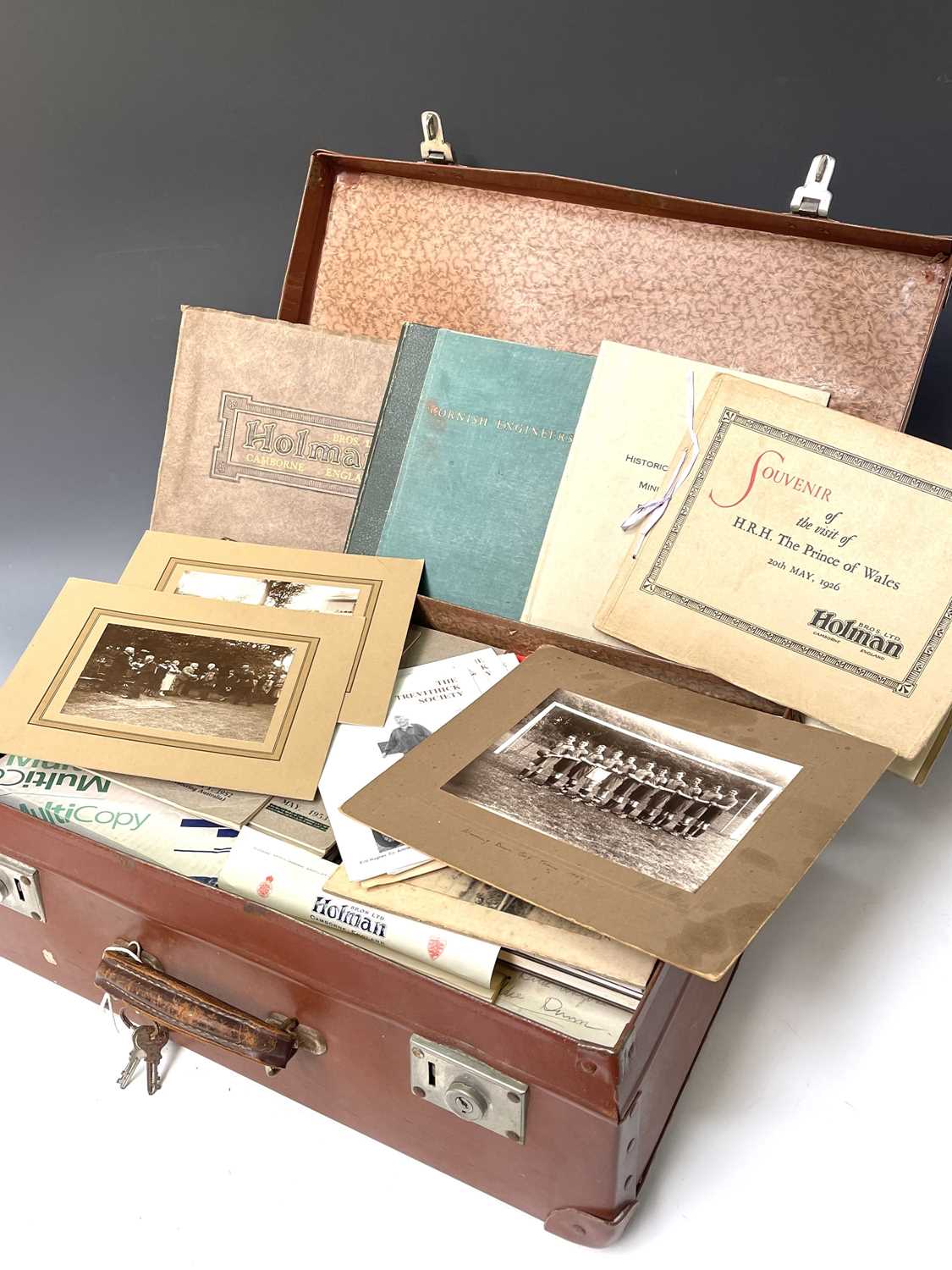
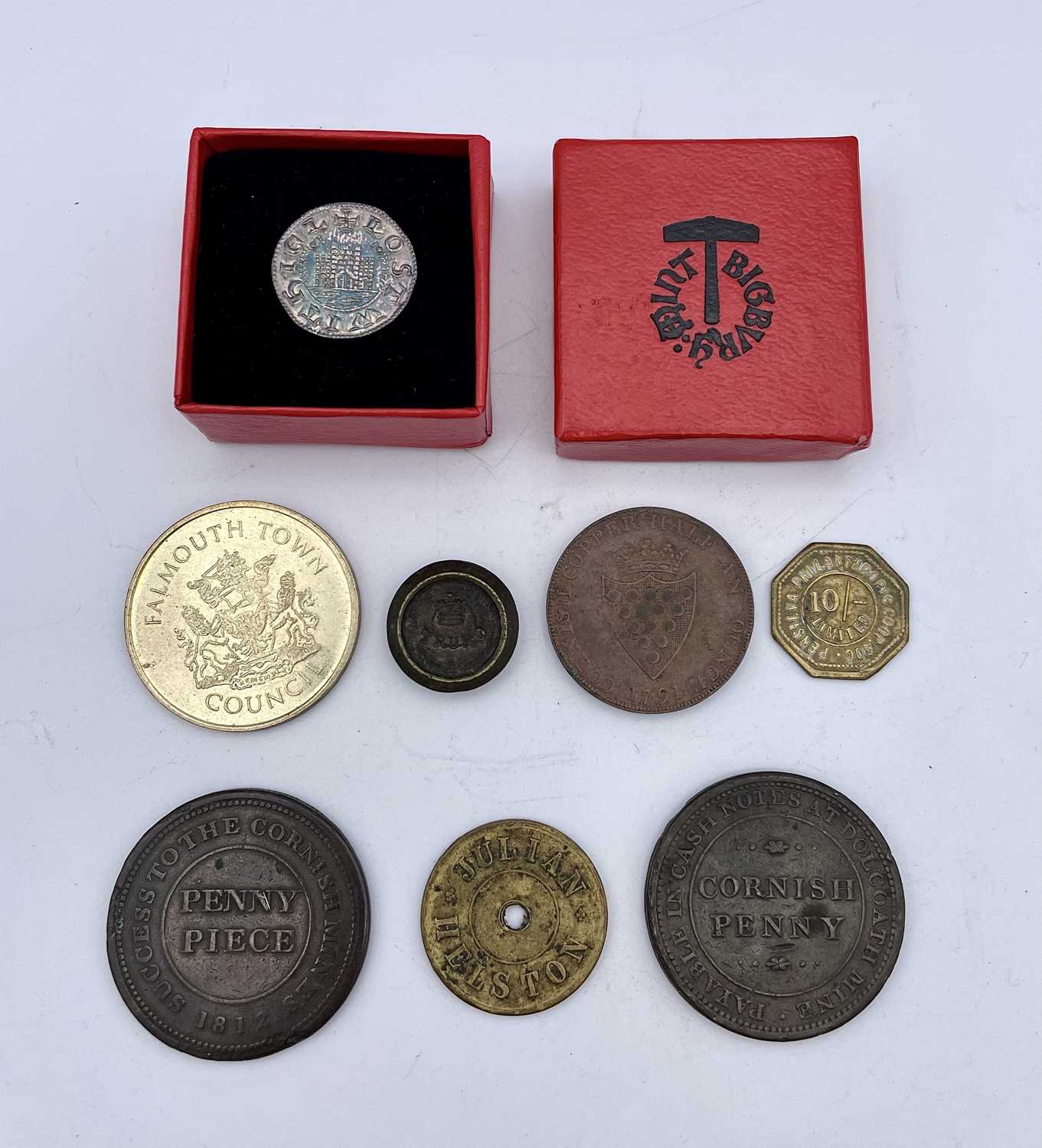
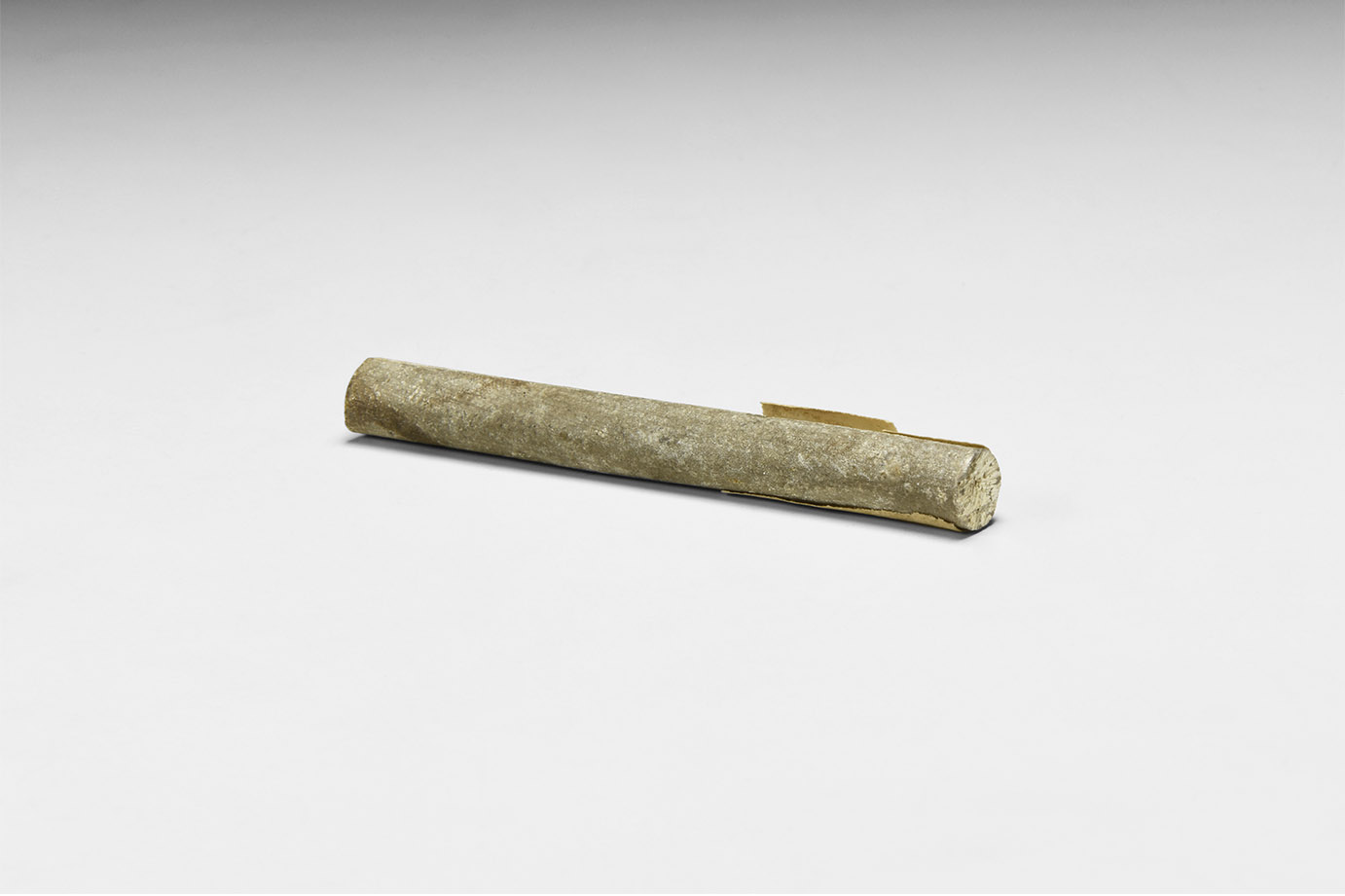
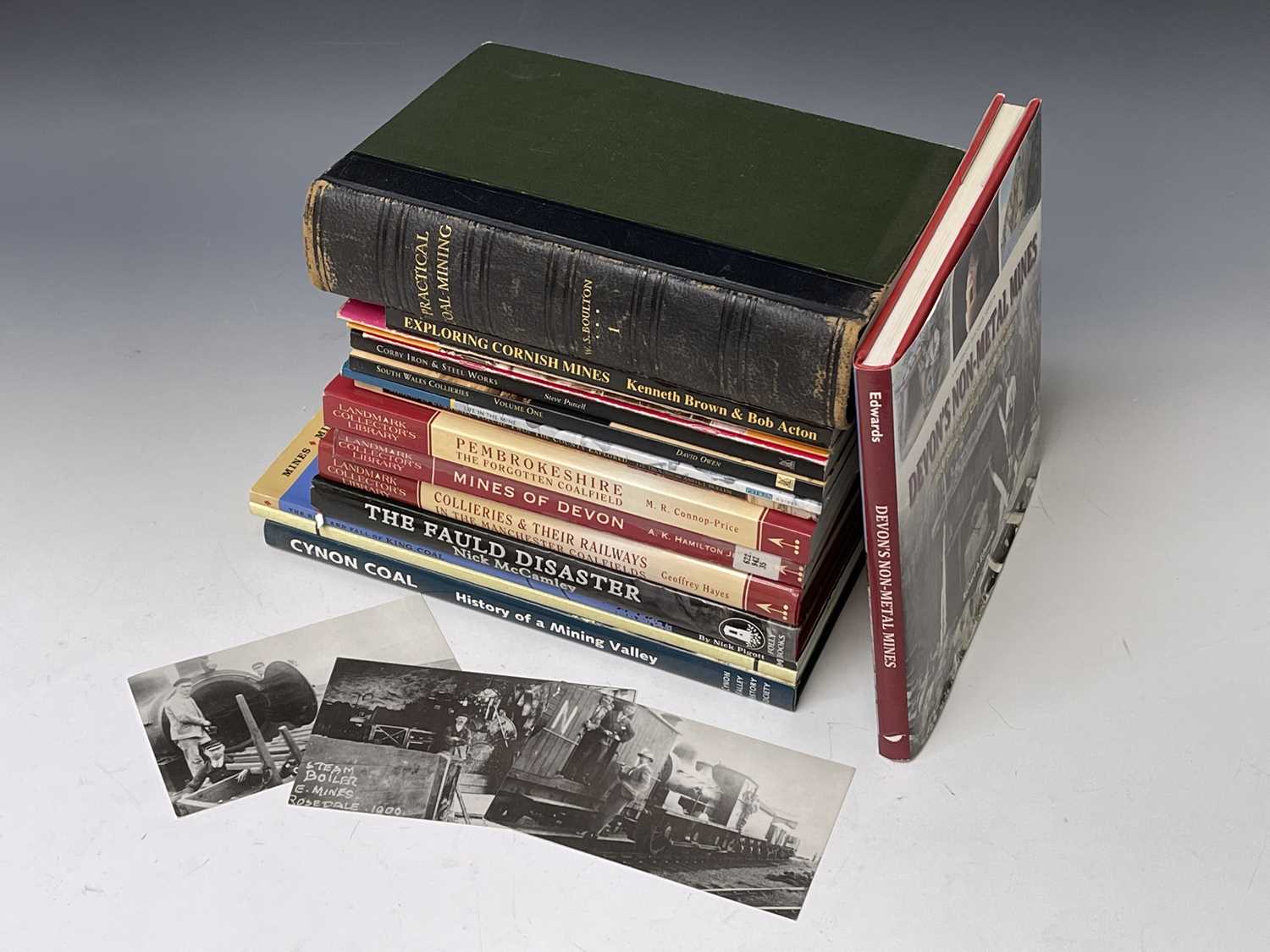

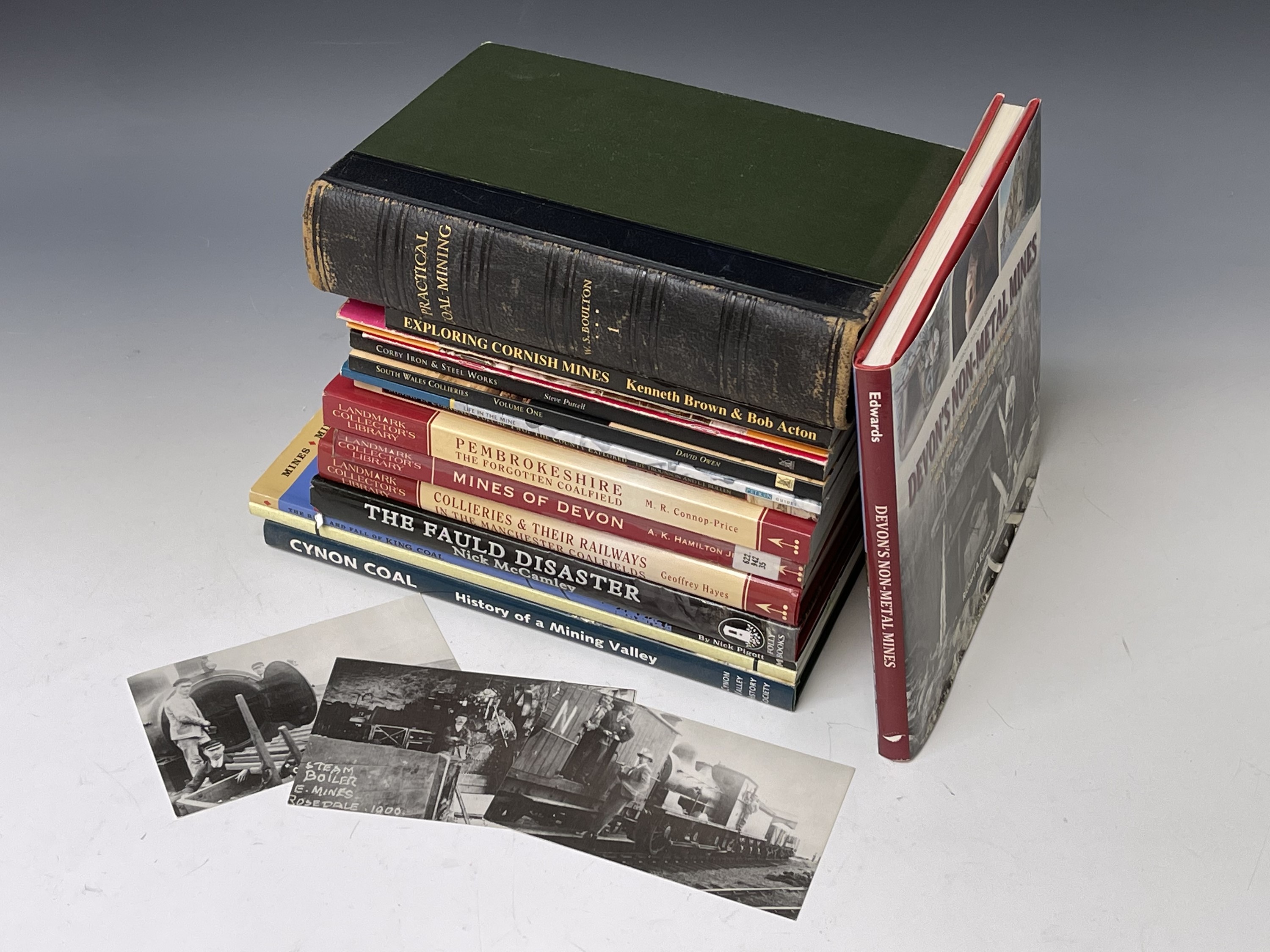


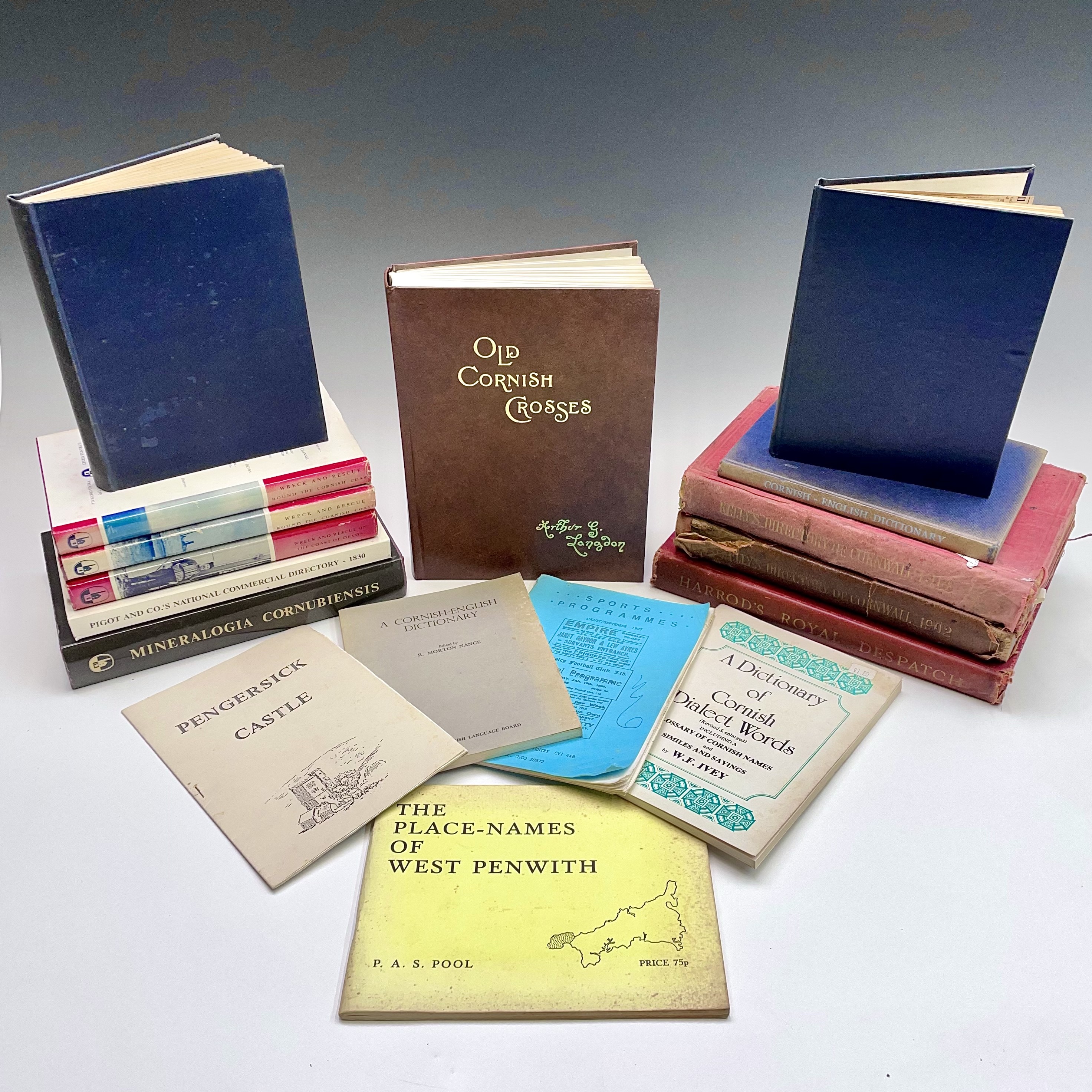

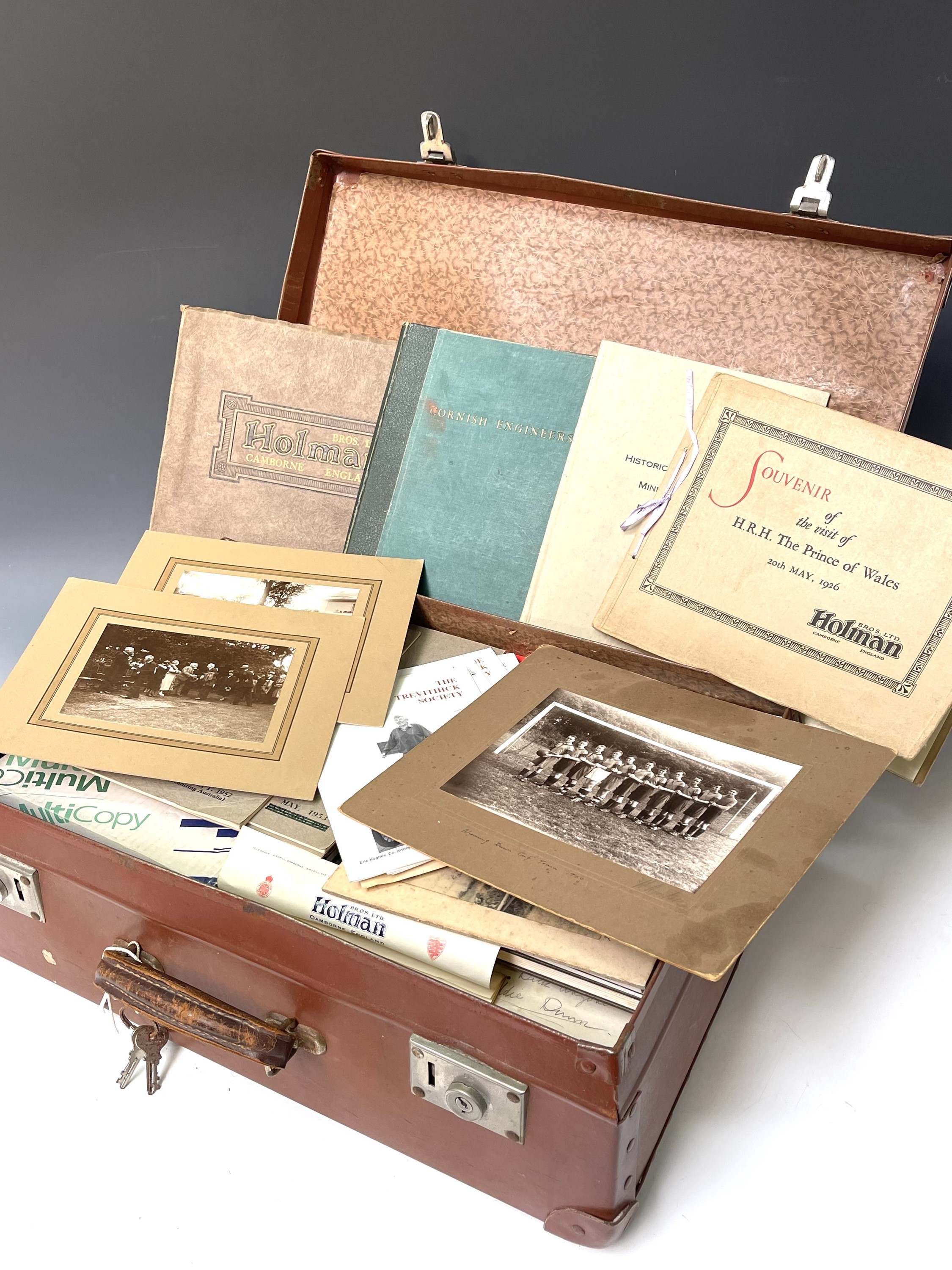

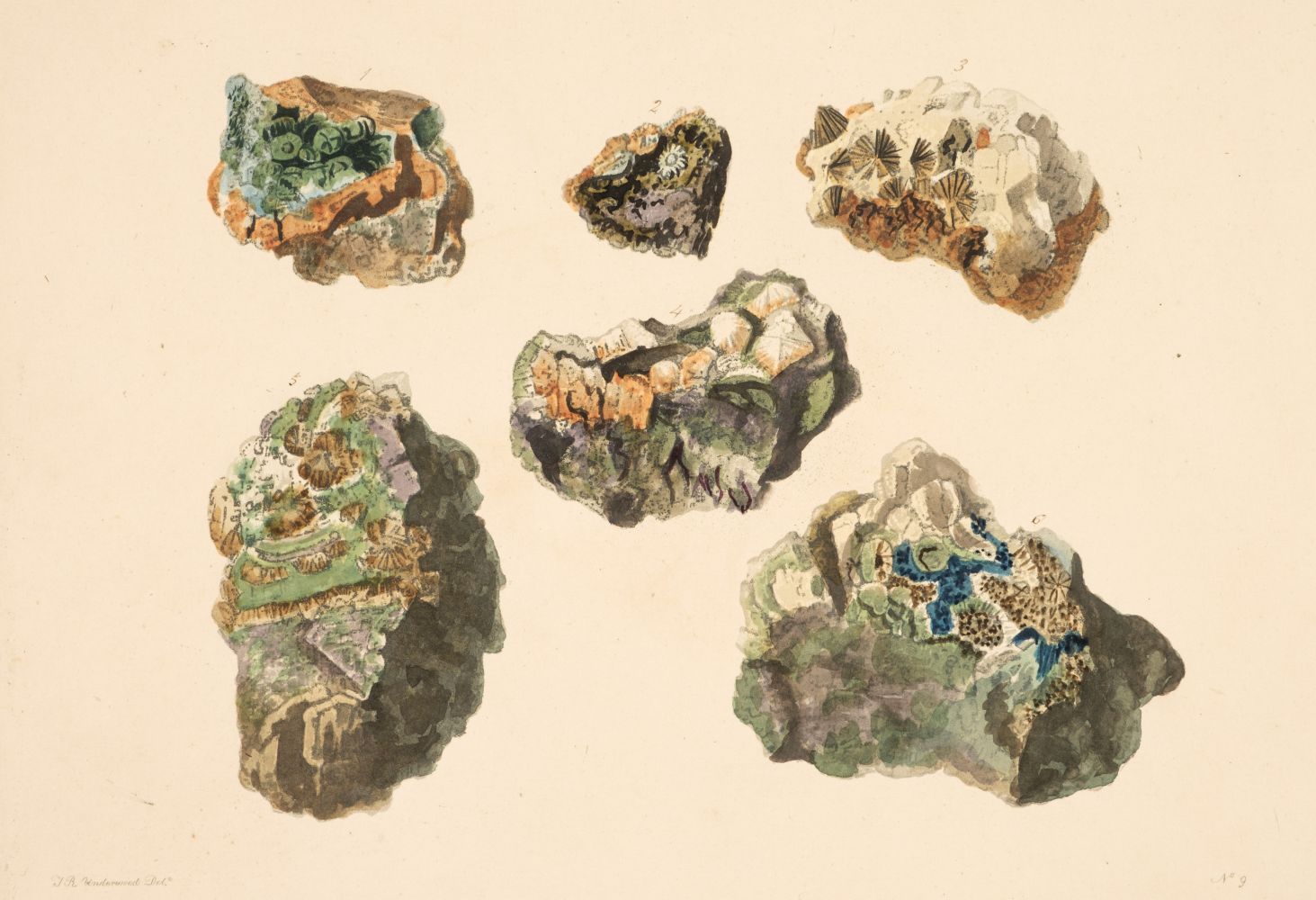
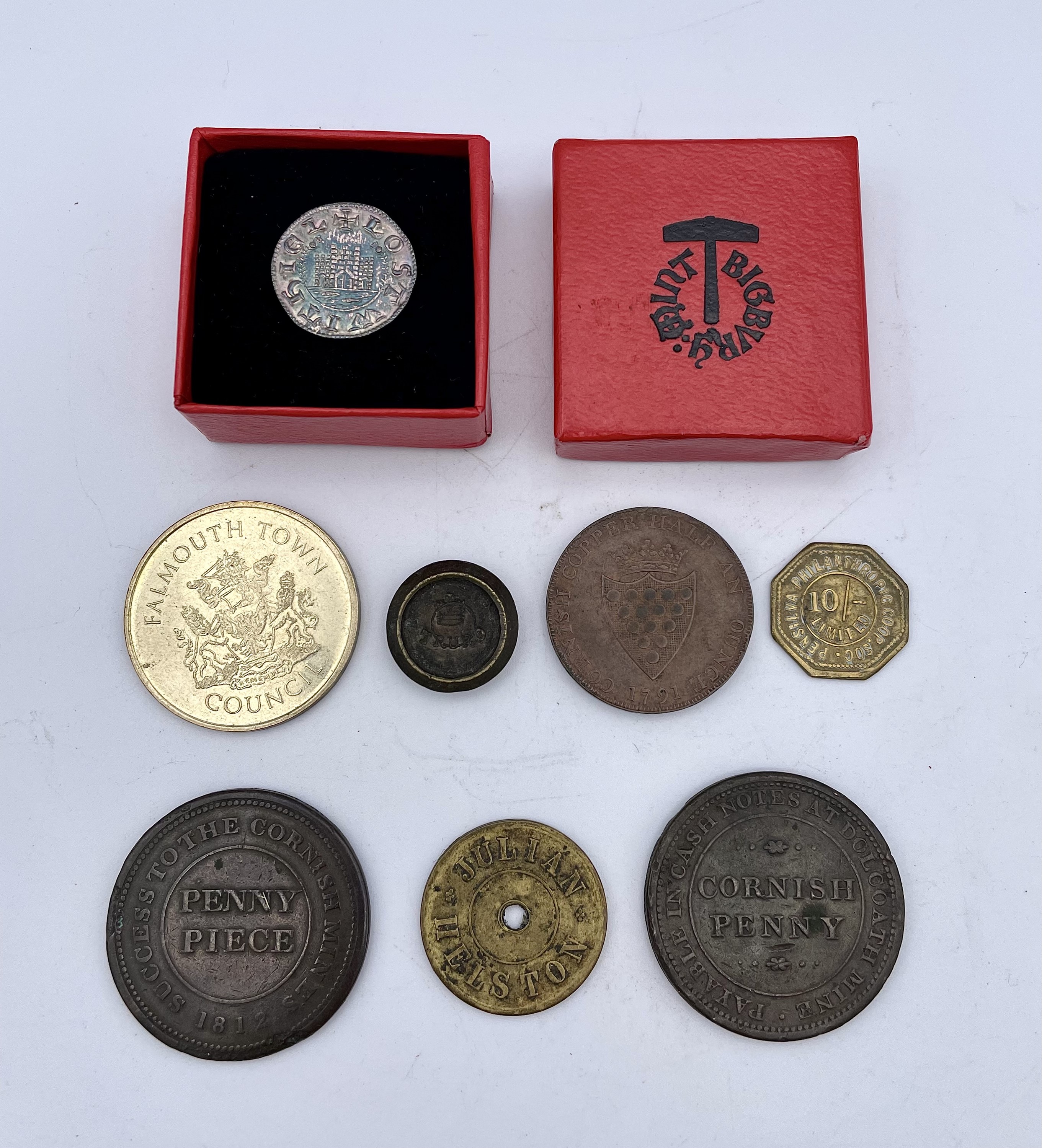
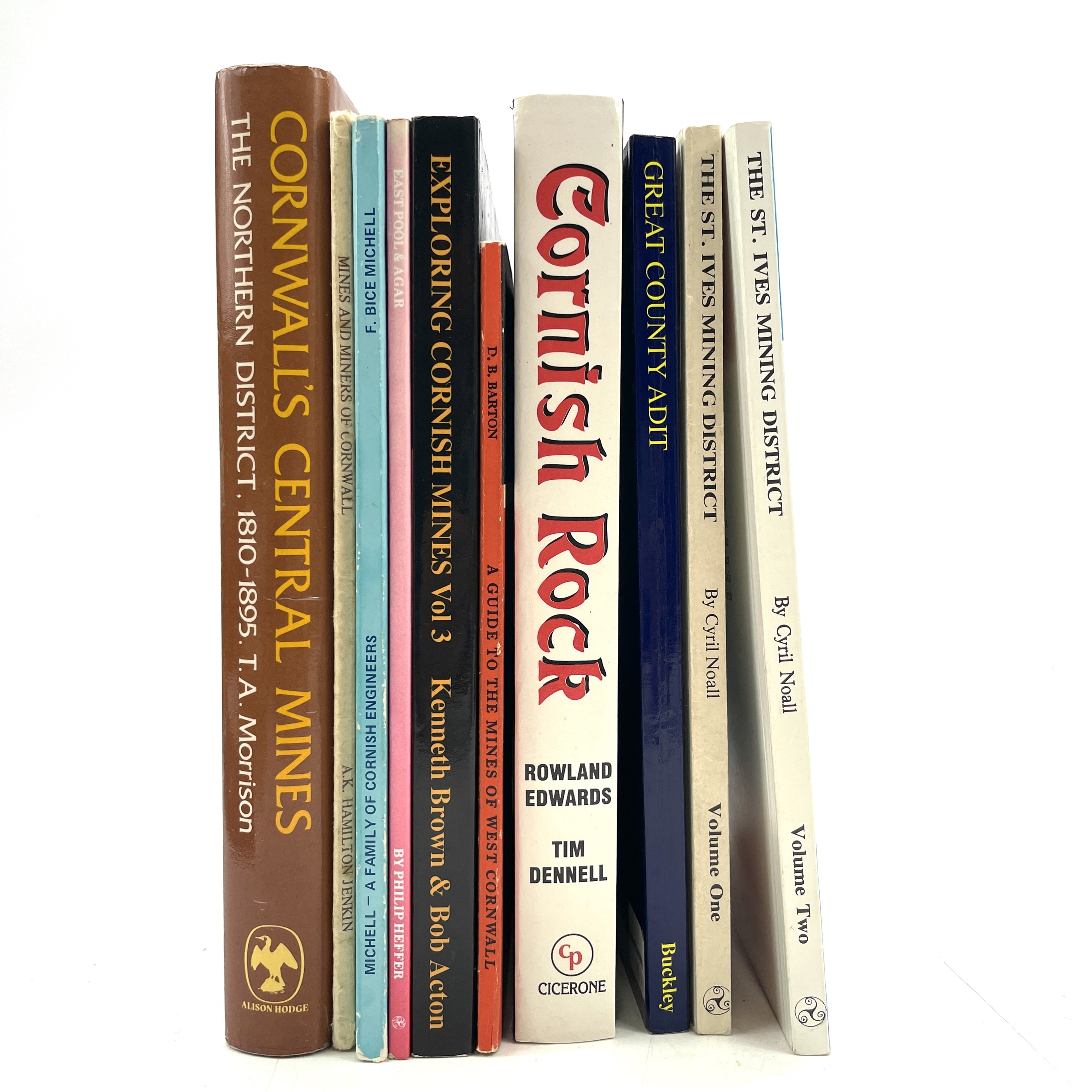
Try LotSearch and its premium features for 7 days - without any costs!
Be notified automatically about new items in upcoming auctions.
Create an alert